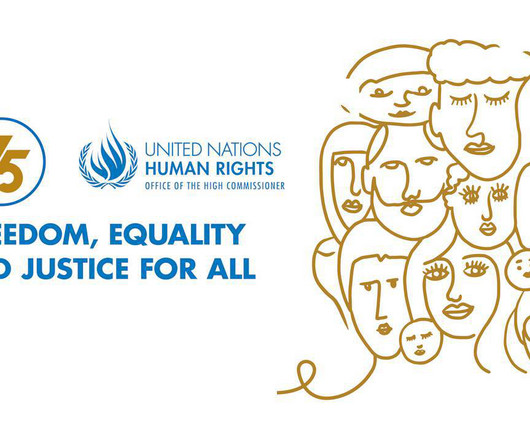Human Rights Day 2023
Enterra Insights
DECEMBER 7, 2023
Conservative estimates range as high as 40 million people around the globe still being held as slaves or forced laborers — many whom make the products we use and grow the food we eat. They want to know you’re not using children going into mines in Congo, or families being thrown into boats to go fishing for shrimp and never see land.”
















Let's personalize your content